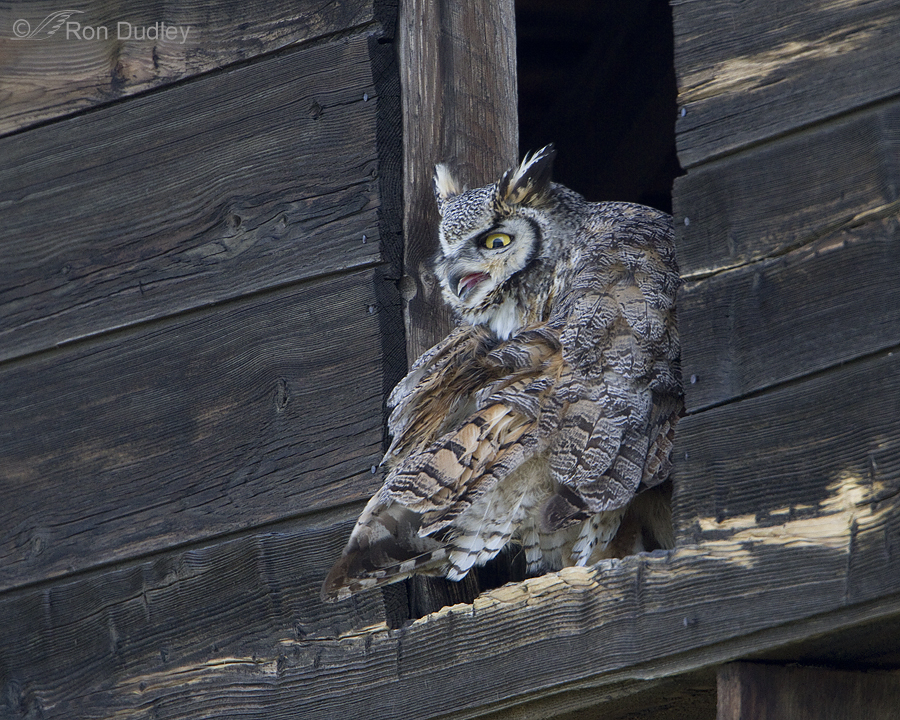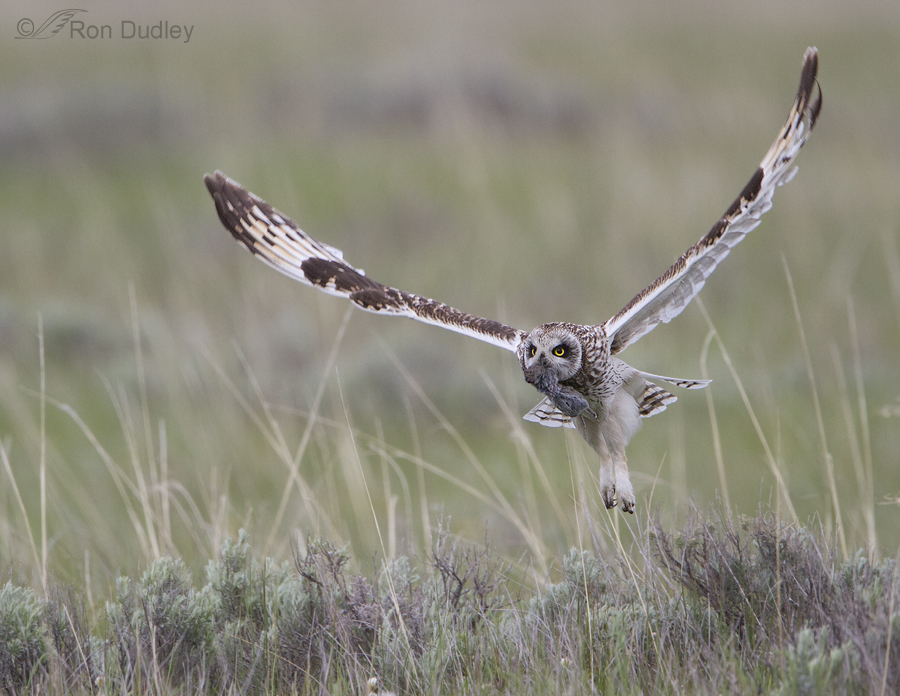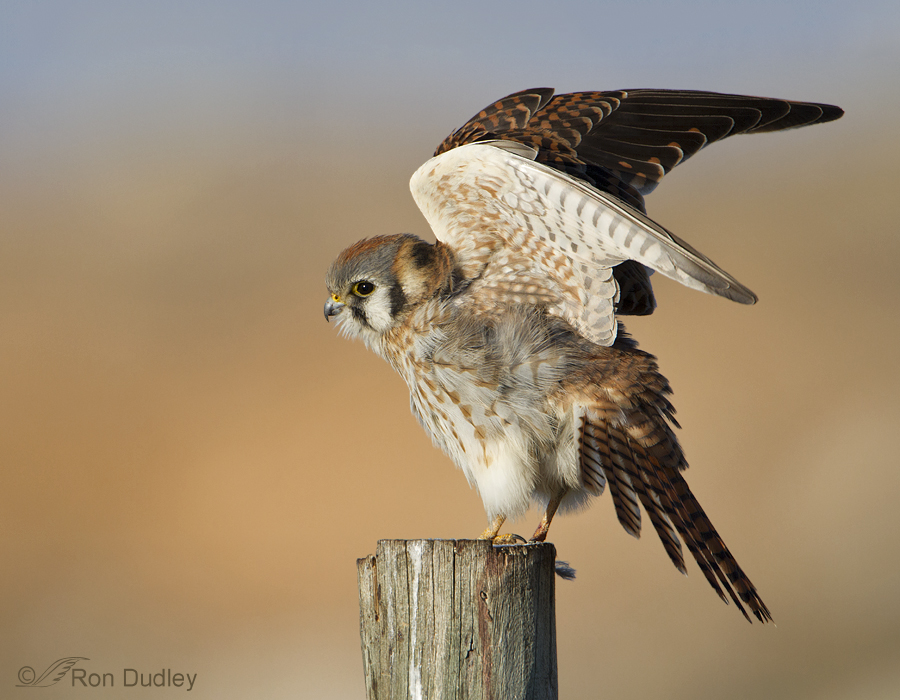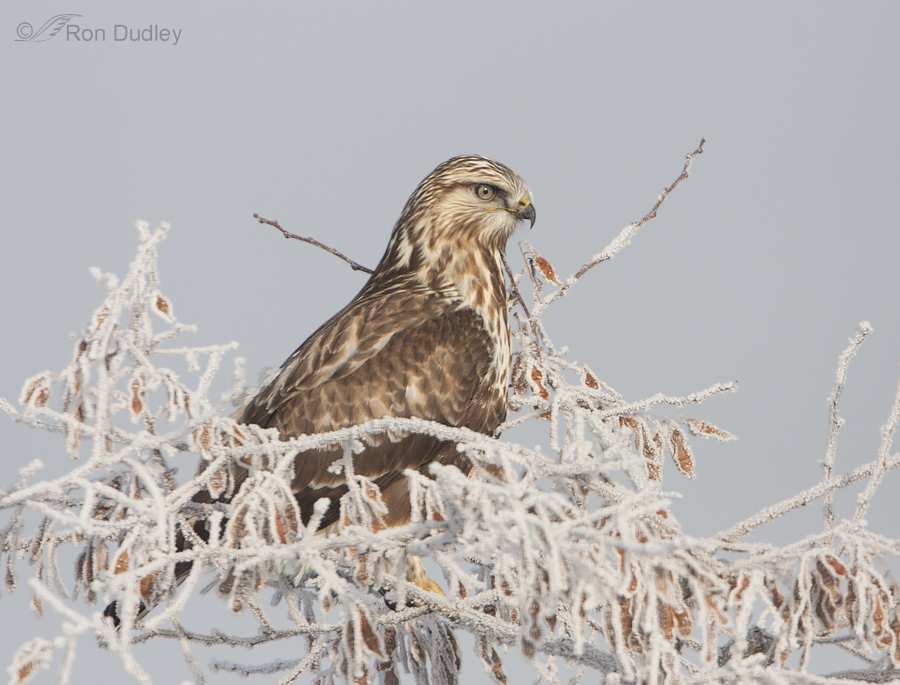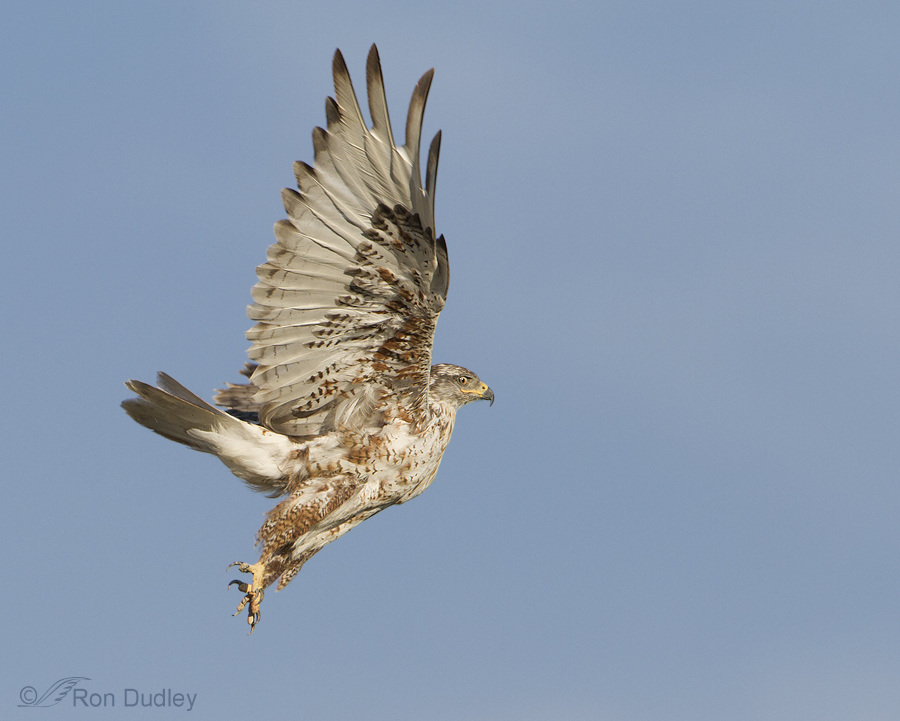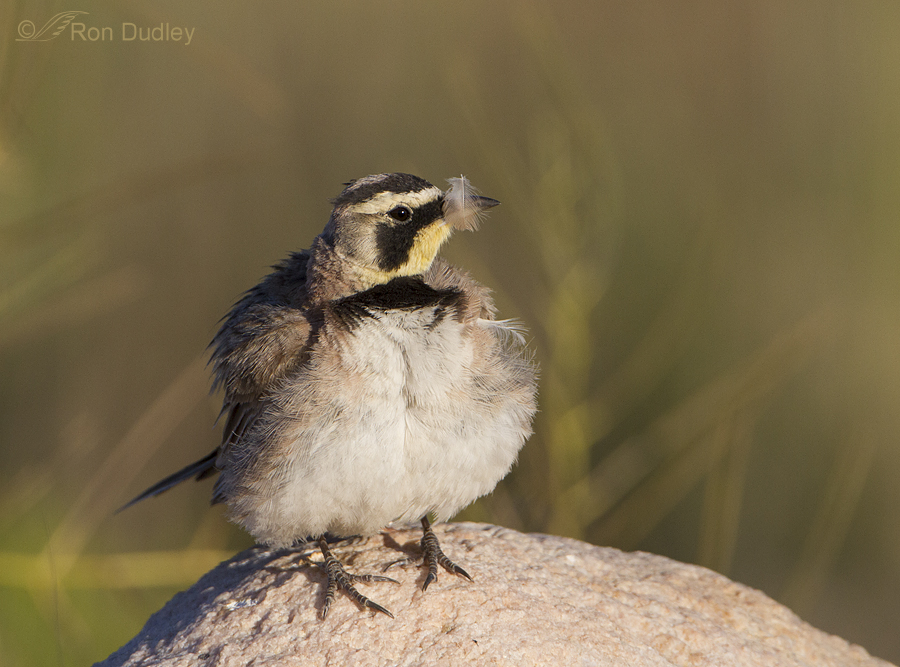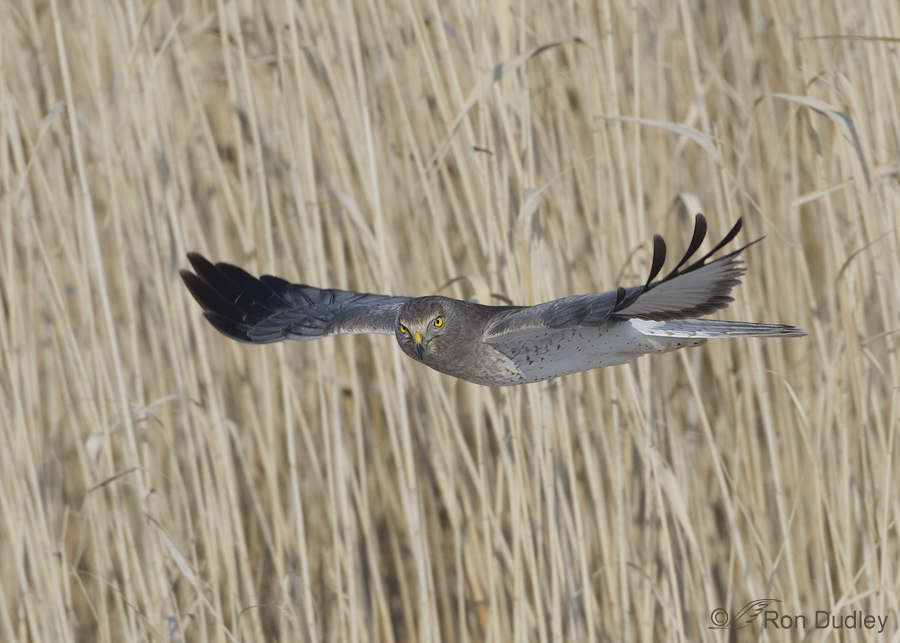Month: October 2013
Short-eared Owl Carrying A Vole In Its Beak (for a change)
Is A Hawk Capable Of “Planning”?
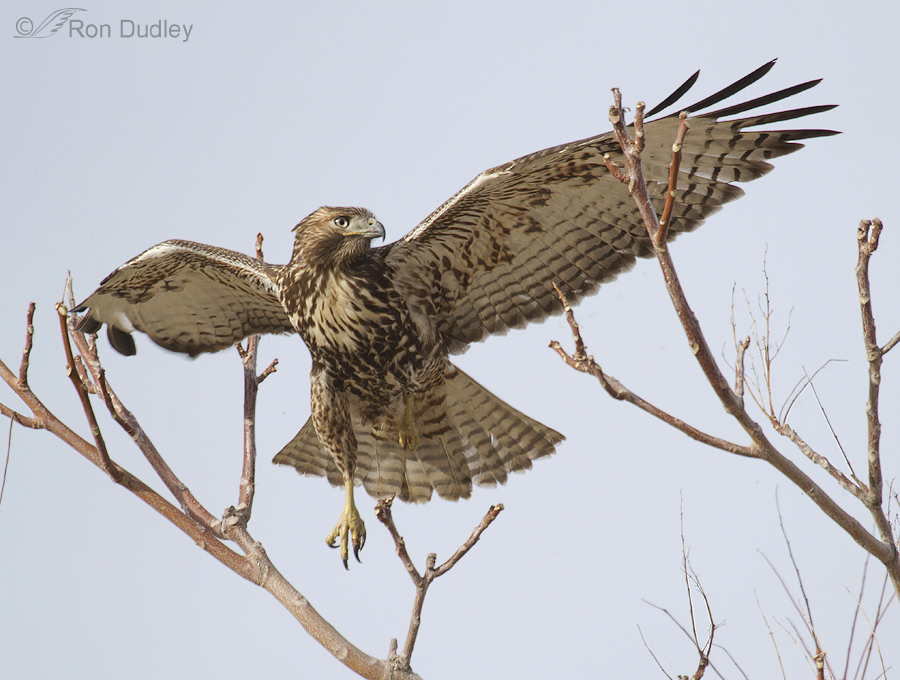
I sometimes see hawks buried so deeply in trees that I can’t help but wonder how they’re going to fly out without injury or at least feather damage. They occasionally appear to “think” about their escape route just before take-off, which implies “planning”. Some images I took yesterday brought the question to mind once again – are hawks capable of “planning”?
The Many Moods Of A Female American Kestrel
Frosty Rough-legged Hawk
Ferruginous Hawks Hunting From Power Poles
Sleepy Great Horned Owl Fledgling
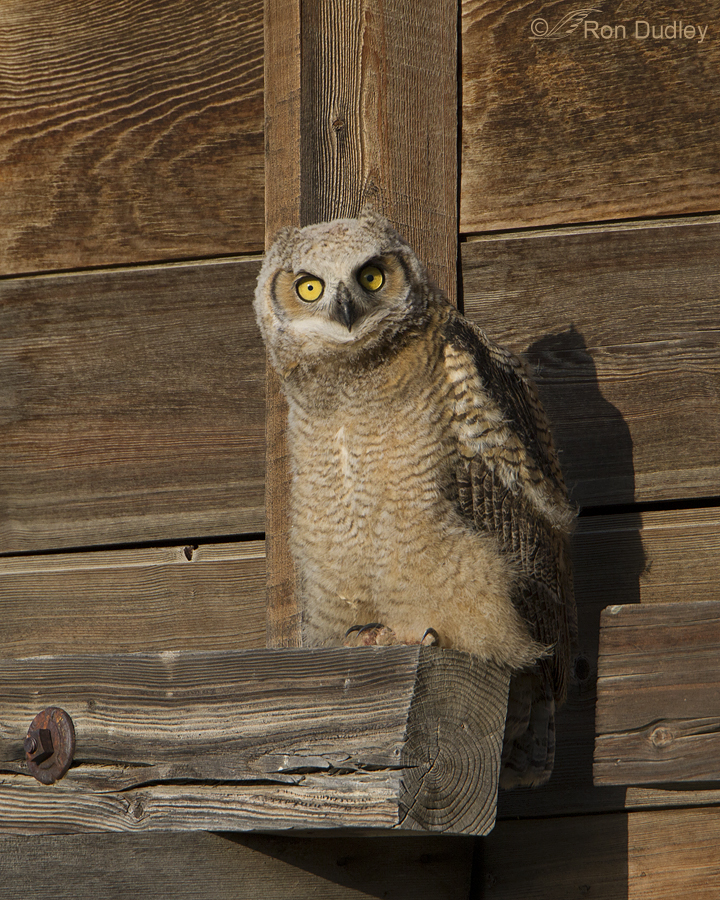
There has been breeding Great Horned Owls on the Montana farm where I grew up for many years and when I’m there in spring or early summer I can usually count on several curious youngsters exploring their surroundings as they learn the ropes. It’s a big farm with many outbuildings so it’s always a challenge to find them once they fledge. It’s a pleasant early morning ritual for me to wander around and try to locate them – it’s almost like a game we play.
White-crowned Sparrows – Sunflower Gluttony And Crossed Bills
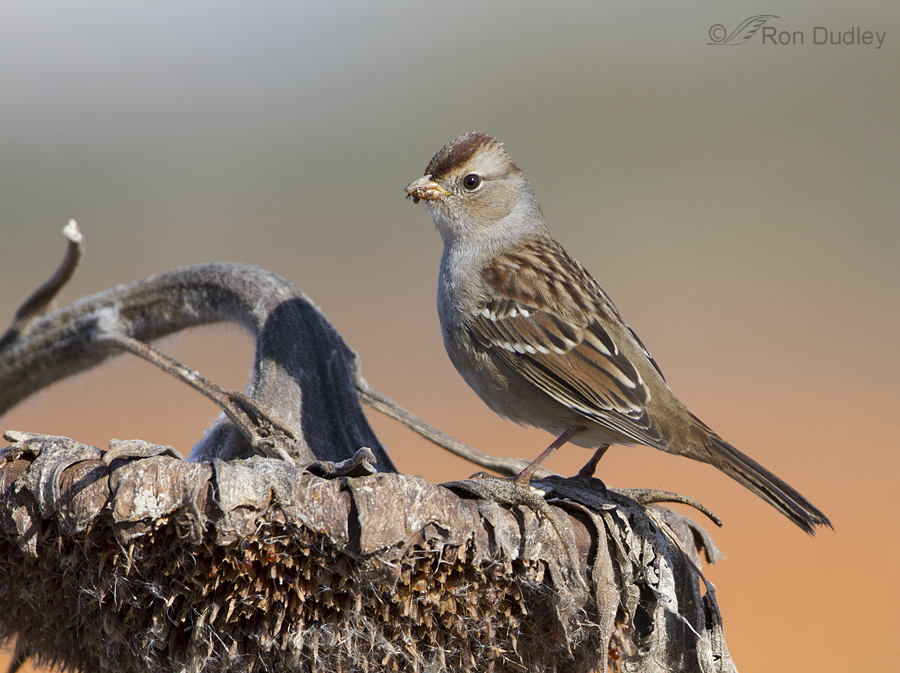
A local pumpkin farmer (Pack Farms) plants sunflowers along the periphery of his pumpkin field and each fall they provide a messy bounty for a variety of birds. Most species seem to be tidy eaters but the juvenile White-crowned Sparrows are an exception.
The orange in the background of these shots is – you guessed it – pumpkins.
Birds Befuddled By Stray Feathers
Black-billed Magpie In Full Flight (not taking off)
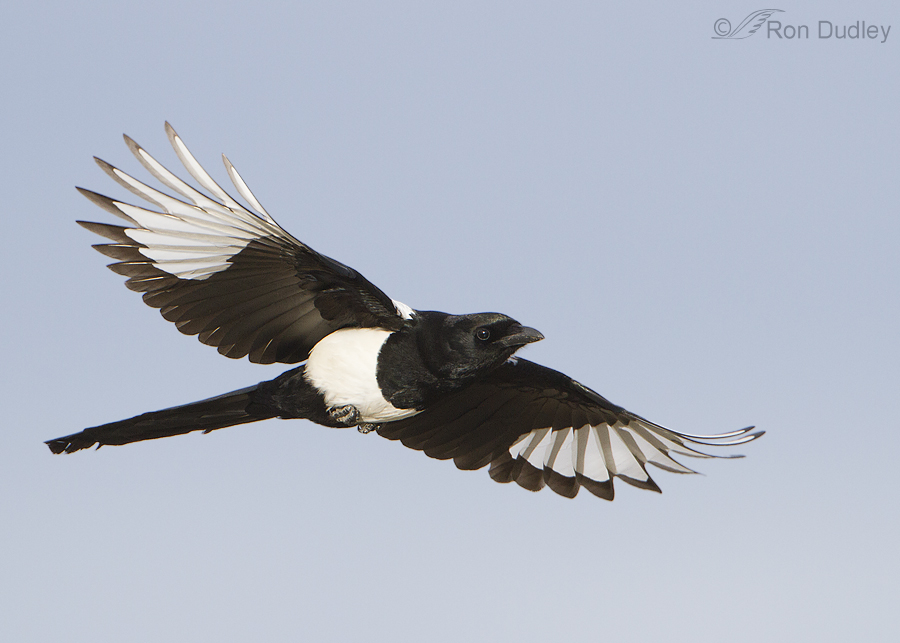
Magpies aren’t among the most glamorous of birds so they don’t get a lot of attention from photographers but I enjoy them for their fascinating behaviors, their gutsiness and their apparent intelligence. And if you want a particularly challenging photographic subject you can’t go wrong with the Black-billed Magpie.
West Desert Red-tail In Flight
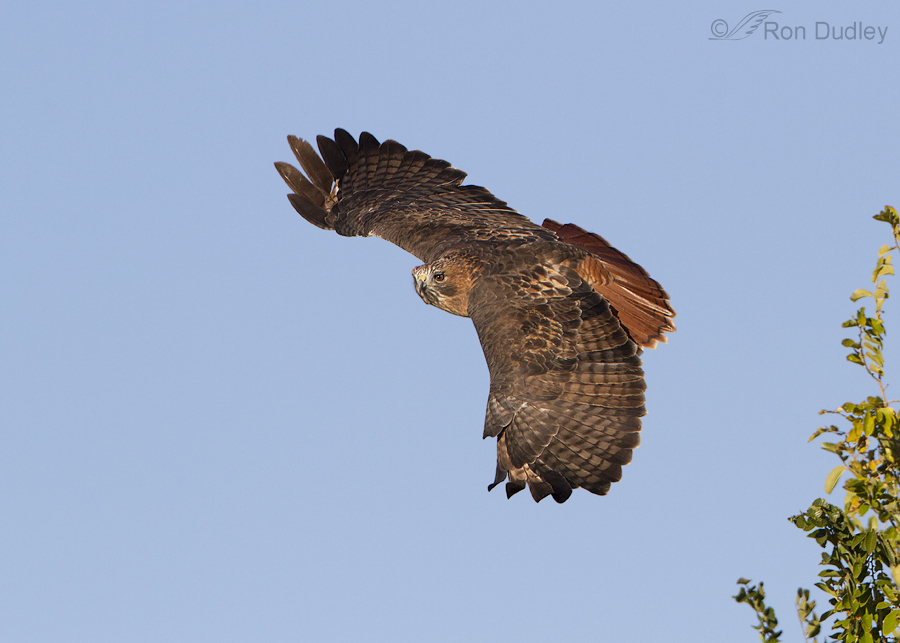
Last month we ventured out into the west desert in an attempt to locate and photograph buteos and Golden Eagles. With the exception of one adult Red-tailed Hawk and a (mostly uncooperative) Golden Eagle who let us get close it was largely a frustrating morning.
The red-tail was perched in a tree that was swaying in the wind and it was quite entertaining to watch it rockin’ and rollin’ as it attempted to remain stable on its unstable perch.
Short-eared Owls And The “Handedness Phenomenon”
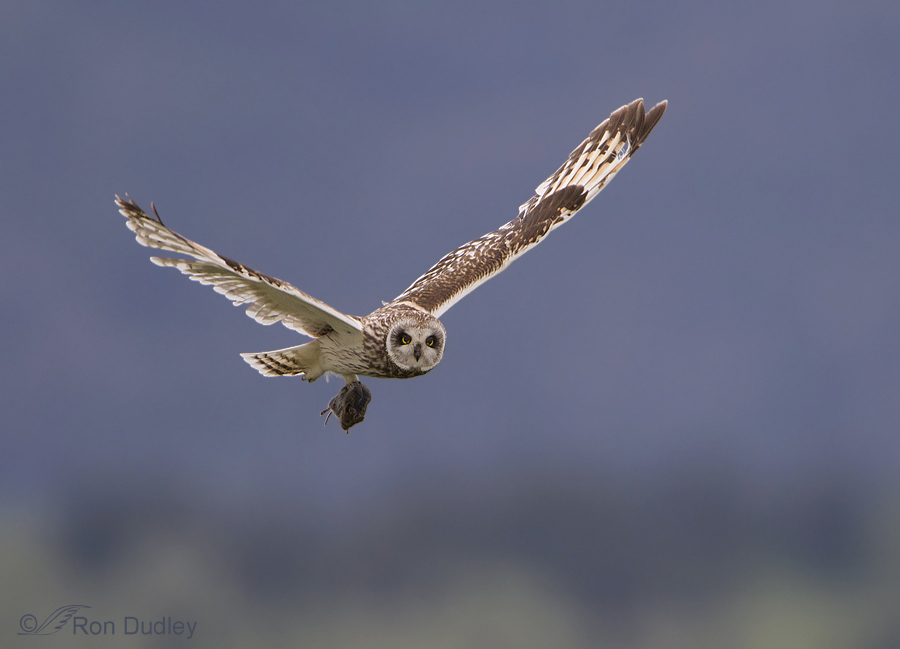
Handedness is a preference for using one hand (or limb) as opposed to the other. It’s a phenomenon many of us associate strictly with humans but other vertebrates can also show handedness, including birds. For example, many parrot species have a strong and consistent preference for using their left foot when bringing food to the beak.
Based on my own observations in the field I believe that Short-eared Owls may also display handedness.
Chukar Calling On One Foot
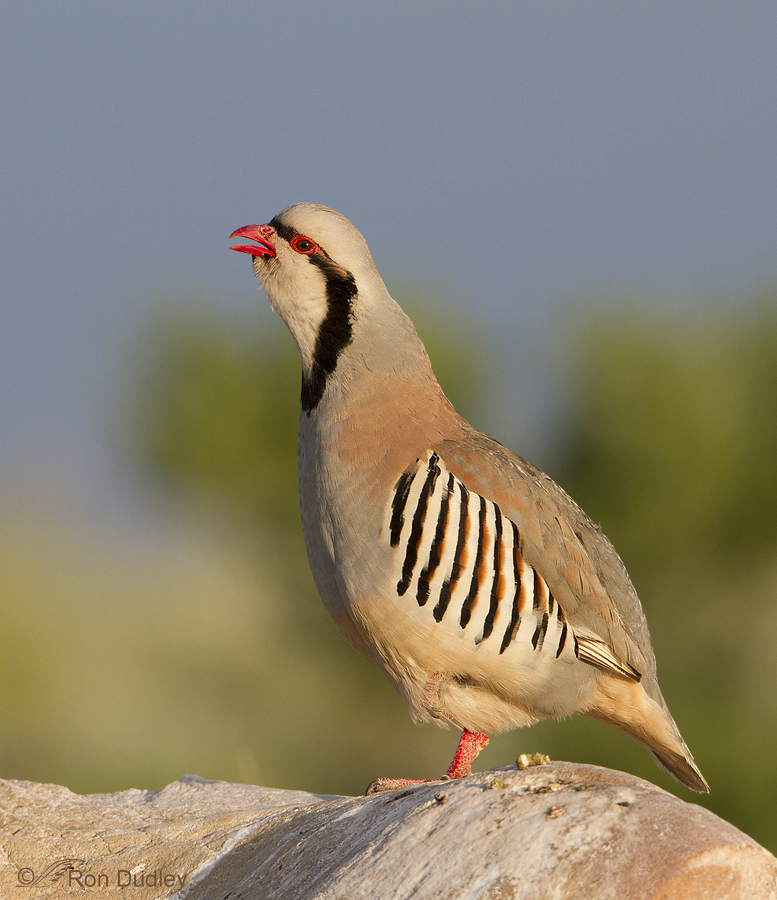
Chukars continue to be one of my preferred subjects during the winter and spring due to their distinctive and colorful plumage and their often comical behavior. They are abundant on Antelope Island and even somewhat approachable there – at least in comparison to their skittish and wily ways elsewhere (hunters consider them to be among the most challenging of upland game species).
Birds “Wearing To Dark” – Some Visual Evidence As To Why
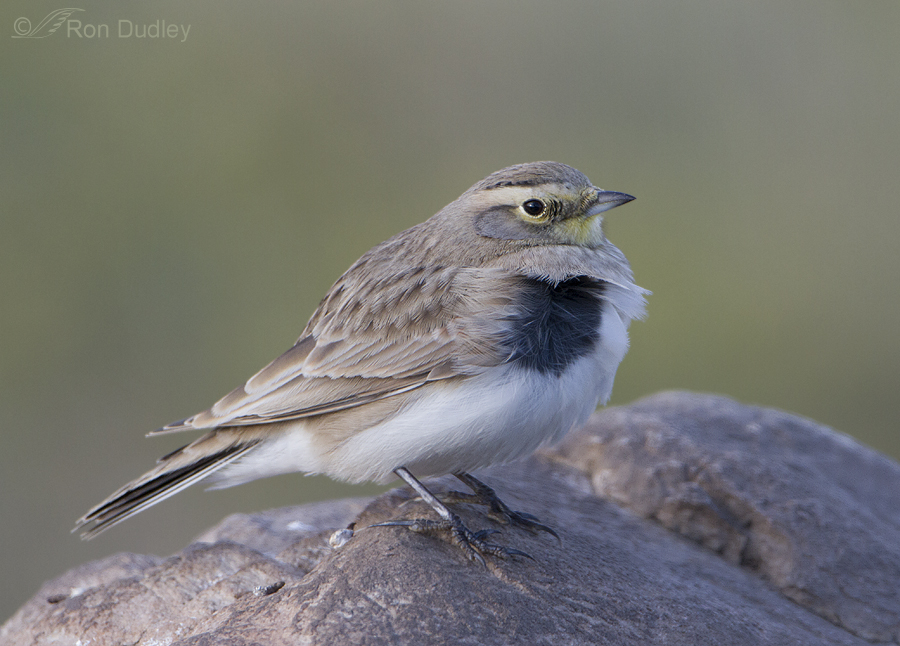
This past summer I posted these first two Loggerhead Shrike images as evidence that the ventral colors of the species change from white to almost black as the summer wears on and asked my readers why this occurs. Several responded with a logical explanation.
Three days ago I photographed a Horned Lark that may demonstrate that those readers were right.
Male Northern Harrier In Flight – A Lucky Shot
Short-eared Owl Carrying A Vole In Its Beak (for a change)
Is A Hawk Capable Of “Planning”?

I sometimes see hawks buried so deeply in trees that I can’t help but wonder how they’re going to fly out without injury or at least feather damage. They occasionally appear to “think” about their escape route just before take-off, which implies “planning”. Some images I took yesterday brought the question to mind once again – are hawks capable of “planning”?
The Many Moods Of A Female American Kestrel
Frosty Rough-legged Hawk
Ferruginous Hawks Hunting From Power Poles
Sleepy Great Horned Owl Fledgling

There has been breeding Great Horned Owls on the Montana farm where I grew up for many years and when I’m there in spring or early summer I can usually count on several curious youngsters exploring their surroundings as they learn the ropes. It’s a big farm with many outbuildings so it’s always a challenge to find them once they fledge. It’s a pleasant early morning ritual for me to wander around and try to locate them – it’s almost like a game we play.
White-crowned Sparrows – Sunflower Gluttony And Crossed Bills

A local pumpkin farmer (Pack Farms) plants sunflowers along the periphery of his pumpkin field and each fall they provide a messy bounty for a variety of birds. Most species seem to be tidy eaters but the juvenile White-crowned Sparrows are an exception.
The orange in the background of these shots is – you guessed it – pumpkins.
Birds Befuddled By Stray Feathers
Black-billed Magpie In Full Flight (not taking off)

Magpies aren’t among the most glamorous of birds so they don’t get a lot of attention from photographers but I enjoy them for their fascinating behaviors, their gutsiness and their apparent intelligence. And if you want a particularly challenging photographic subject you can’t go wrong with the Black-billed Magpie.
West Desert Red-tail In Flight

Last month we ventured out into the west desert in an attempt to locate and photograph buteos and Golden Eagles. With the exception of one adult Red-tailed Hawk and a (mostly uncooperative) Golden Eagle who let us get close it was largely a frustrating morning.
The red-tail was perched in a tree that was swaying in the wind and it was quite entertaining to watch it rockin’ and rollin’ as it attempted to remain stable on its unstable perch.
Short-eared Owls And The “Handedness Phenomenon”

Handedness is a preference for using one hand (or limb) as opposed to the other. It’s a phenomenon many of us associate strictly with humans but other vertebrates can also show handedness, including birds. For example, many parrot species have a strong and consistent preference for using their left foot when bringing food to the beak.
Based on my own observations in the field I believe that Short-eared Owls may also display handedness.
Chukar Calling On One Foot

Chukars continue to be one of my preferred subjects during the winter and spring due to their distinctive and colorful plumage and their often comical behavior. They are abundant on Antelope Island and even somewhat approachable there – at least in comparison to their skittish and wily ways elsewhere (hunters consider them to be among the most challenging of upland game species).
Birds “Wearing To Dark” – Some Visual Evidence As To Why

This past summer I posted these first two Loggerhead Shrike images as evidence that the ventral colors of the species change from white to almost black as the summer wears on and asked my readers why this occurs. Several responded with a logical explanation.
Three days ago I photographed a Horned Lark that may demonstrate that those readers were right.


